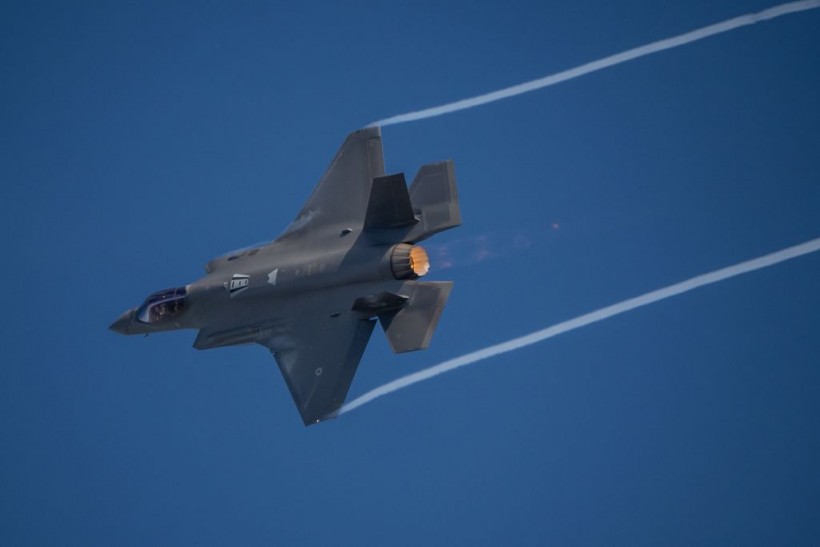Lockheed Martin has partnered with Sintavia, LLC to expand research on metal Additive Manufacturing (AM) opportunities to find an alternative to forgings and castings, according to 3D Printing Media Network.

(Photo : by FABRICE COFFRINI/AFP via Getty Images))
An Italian Air Force Lockheed Martin F-35A Lightning II performs during the annual live fire event over the Axalp in the Bernese Oberland, on October 19, 2022. -
Additive Manufacturing, also known as 3D printing, is helpful in improving the efficiencies of existing forgings and castings and providing parts with accurate detail and greater design opportunities.
AM Forward
The partnership between Lockheed Martin and Sintavia LLC will also strengthen the White House's AM Forward initiative. AM Forward aims to strengthen US supply chains by supporting US-based suppliers' adoption and deployment of 3D printing.
Additive Manufacturing enhances existing manufacturing methods and processes, allowing companies to build and design smaller, lighter, more durable parts for aircraft engines. The program will not only aid in the creation of parts but will also help in the production of parts. The AM process provides a quicker and more efficient manufacturing process, which allows Lockheed Martin to improve their existing products.
3D Printing in Manufacturing in the Aerospace and Defense Industry
The partnership will explore the opportunities and challenges AM manufacturing offers to the aerospace and defense industry. State-of-the-art AM techniques include 3D Printing, Additive Layer Manufacturing, Direct Metal Laser Sintering, Direct Metal Printing, and Electron Beam Additive Manufacturing.
Aerospace and defense companies are increasingly turning to 3D printing for high-precision aerospace and defense components. The process helps to reduce costs, save time and reduce the overall measurement tolerances of components. There is a lot of untapped potentials in 3D printing techniques.
Clients can quickly "print" a component or a set of parts, which could lead to a higher number of unique parts and lower costs. Here are a few examples of 3D printing in aerospace and defense manufacturing:
Aerospace and defense 3D printing is just one of many ways additive manufacturing can improve businesses' efficiency. For example, 3D printing is also used to create prototypes and short-run production.
Organizations in the aerospace and defense industry can greatly benefit from adopting 3D printing. The technology will give them a competitive advantage by improving the efficiency of their operations, reducing costs, and improving operational performance.
Sintavia LLC is a provider of high-performance materials and additive manufacturing (AM) solutions for the aerospace & defense industries. Over the past decade, Sintavia has been dedicated to developing advanced materials and additive manufacturing solutions that enhance aerospace and defense products while lowering production costs.
The partnership between Lockheed Martin and Sintavia will focus on the aerospace and defense sectors, but Sintavia is also working with other manufacturing companies. Sintavia will work with Lockheed Martin to incorporate advanced materials into the design of parts manufactured via AM.
Related article: Lockheed Martin Tests Layered Laser Weapon That Protects Soldiers From Large Enemy Attacks









